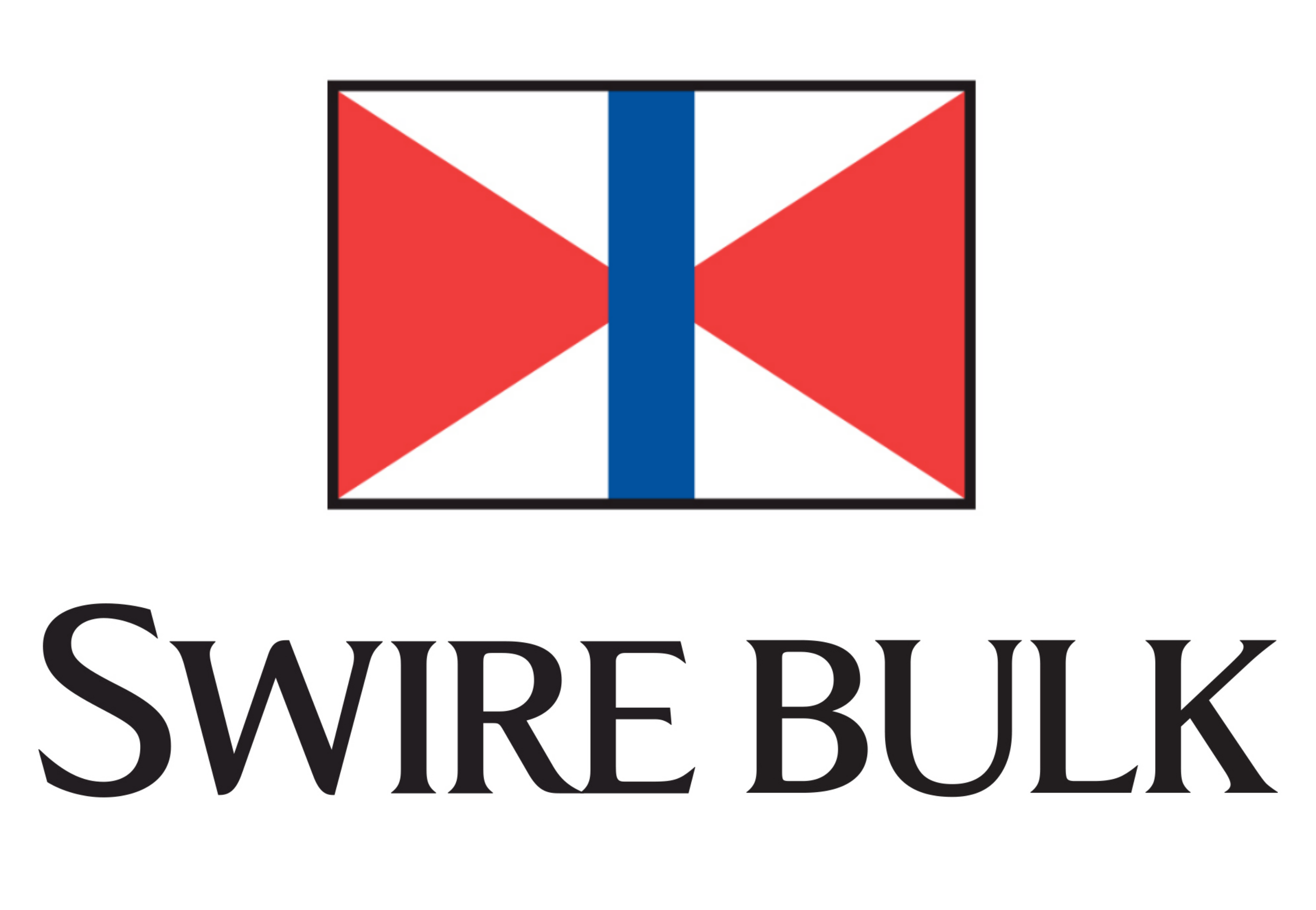
2021 is proving to be an inflection point in the freight market. The Central Authority spending to save and stimulate COVID-hit economies has increased seaborne demand for the likes of steel, copper, lead, zinc, nickel and timber.

These minor bulks are critical for the move away from older sunset commodities, such as coal, and demand for them has hit a decade high.
Despite this, it’s not especially outstanding when compared to the growth that caused the mid-2000’s dry bulk boom. In fact, for the past decade, we’ve seen copious demand spikes give rise to robust market rallies, but none have ever lasted more than a month or two, at best.
The 2020s, however, look like an turning point for the market, as a number of factors begin to assert themselves in a new period of freight market prosperity for vessel daily hire rates.

Unlike the 2000’s boom, which was squarely demand driven, the new 2020’s boom manifests itself on the supply side of the market.
The first four columns of the above chart quantify the delivery of new vessels, the demolition of existing vessels, new vessels on order and finally, the fleet size.
The green colouring of cells denotes a healthy register, where less than 100 ships are delivered to the market each year, more than 50 vessels are scrapped each year, and the order book totals less than 100 vessels per year. These are all viewed as positive and lead to a market where daily hire rates (or vessels daily earnings) sit above the breakeven rate or operating cost, which we generally assume to be around $12,000 per day.
However, you’ll see that the vessels contracted to be built tails off and drops to zero very quickly. There were 81 vessels contracted to be built in 2019. This dropped to 33 in 2020 and, so far this year, there are no new vessels on order for forward delivery. Suddenly, the fleet number seems to be falling in the face of the seaborne commodity demand spike.
Why is it then the case that an avalanche of vessel construction (as seen between 2007-17) is not threatening the excess demand seen over the past month?

The answer lies in the ongoing challenge the industry faces regarding Greenhouse Gas (GHG) emissions.
The International Maritime Organisation has already been criticised by the EU for being too slow to ratify emission targets, and has therefore imposed strict deadlines that’ll see more than half the existing fleet unable to comply with targets as soon as 2023.
With this, some vessels in the fleet won’t be allowed to trade at all, and half the vessels will face dramatically reduced speed limits to cap their emissions.
Right now, the way forward is totally uncertain and the problem faced centres around what will be the prevailing technology for vessel propulsion going forward. Until this is determined, the $30 million investment in vessel construction may be severely restricted and unable to payback its investment over its working life.
It’ll also become increasingly more challenging to raise funds to embark on vessel building when investors can’t assure financiers that they’re building something that’ll be able to trade under the yet-to-be determined emissions rules.
With this, the shipping industry is facing one of its largest obstacles in memory. In the meantime, demand looks set to quickly outpace supply over the next few years until this uncertainty is removed.

Other Opinions You Might Be Interested In…

